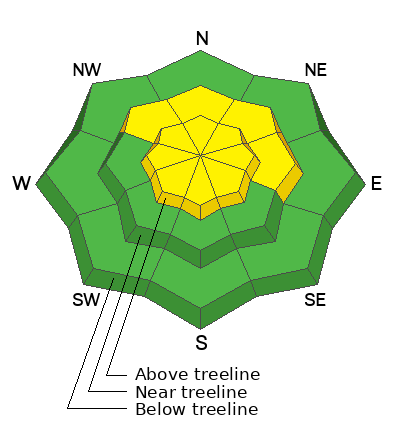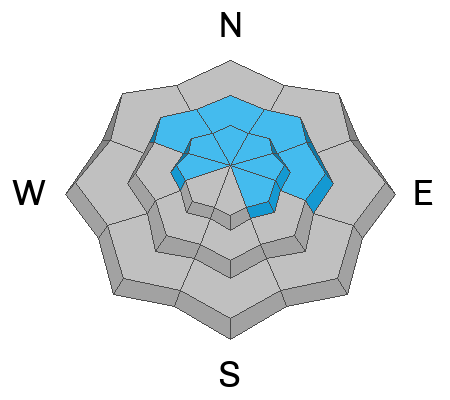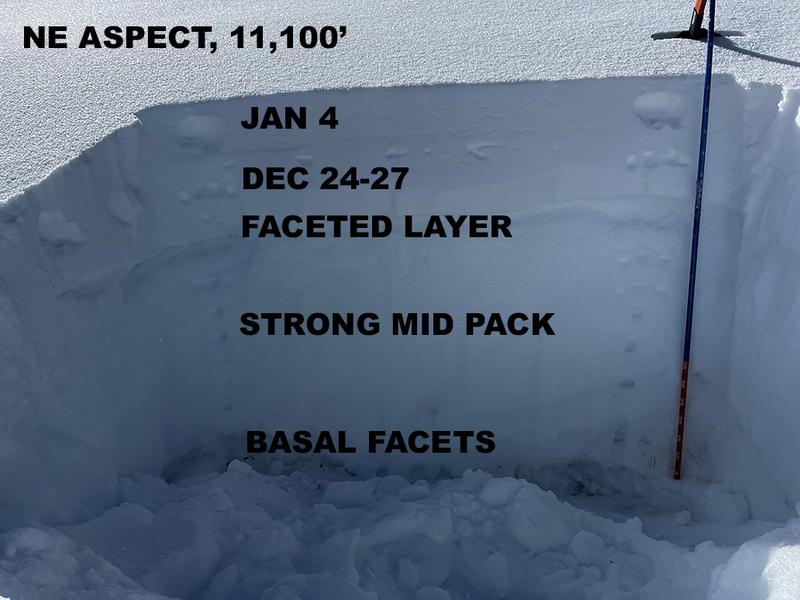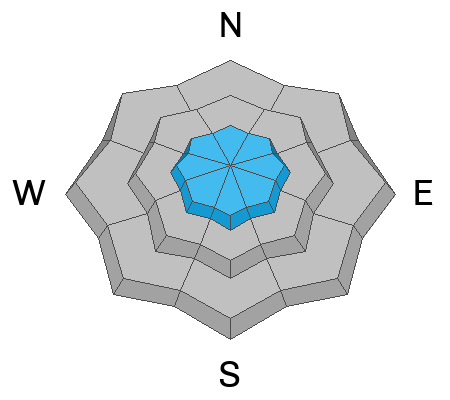Forecast for the Moab Area Mountains

Issued by Dave Garcia on
Wednesday morning, January 8, 2025
Wednesday morning, January 8, 2025
The avalanche danger is MODERATE on steep slopes above treeline that face W-N-SE and near treeline on slopes that face NW-N-E. Human-triggered avalanches are POSSIBLE failing on a weak layer of facets buried a foot below the surface. In the wind-zone, these avalanches could be up to three feet deep. Backcountry travelers need to evaluate snow and terrain carefully.
There is a MODERATE danger of triggering avalanches in recently formed slabs of wind-drifted snow on all slopes above treeline. Look out for and avoid fat, round pillows of drifted snow.
Many slopes have thin cover and rocks, stumps, and logs are lurking just beneath the surface.

Low
Moderate
Considerable
High
Extreme
Learn how to read the forecast here









